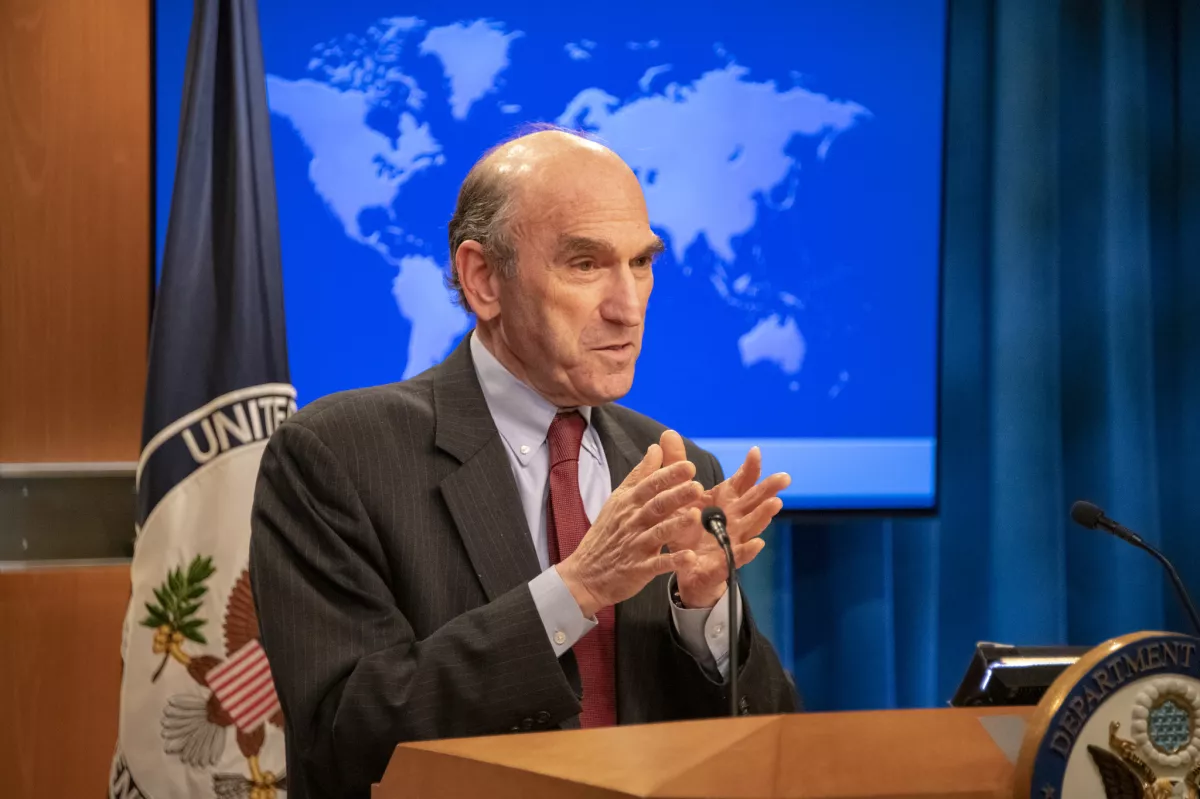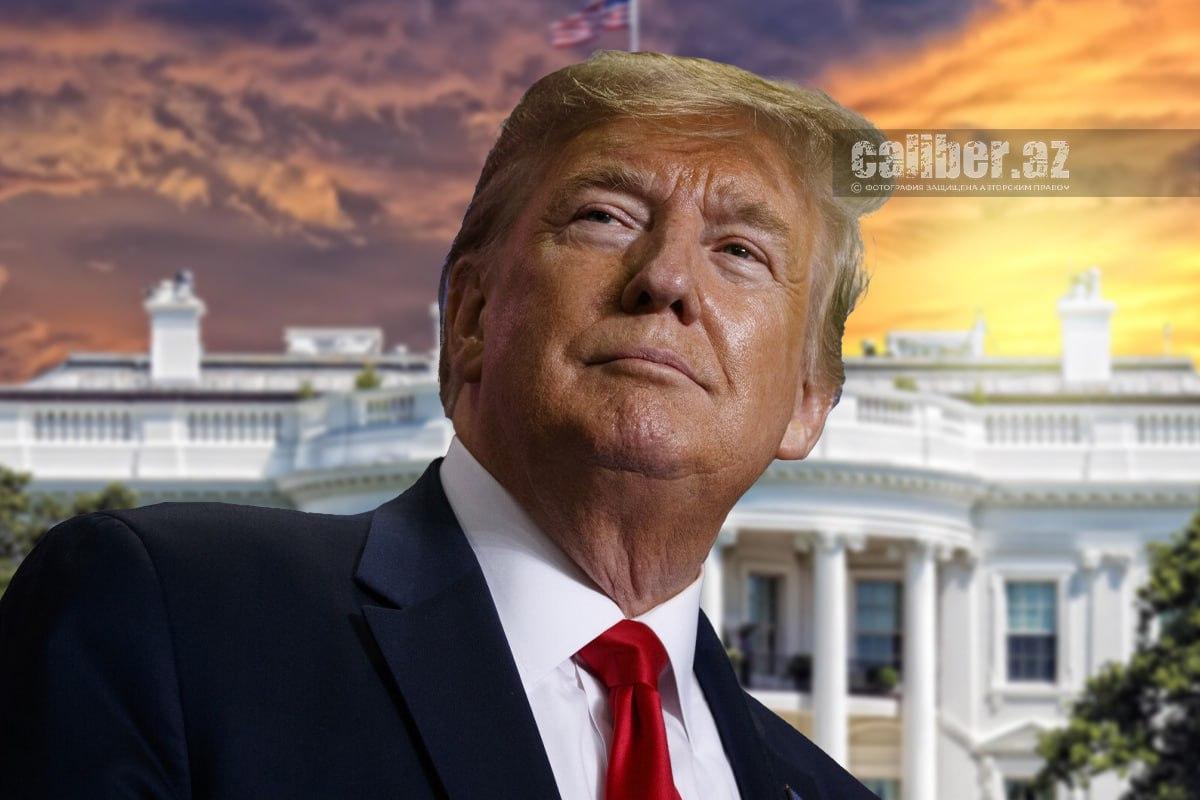Iran, the US, and the ghost of the nuclear deal Talks on the brink of war
Negotiations between Iran and the United States over a new nuclear deal are set to take place on April 12 amid unprecedented American-Israeli pressure on Tehran. The tightening of economic sanctions is now coupled with escalating military threats against the Islamic Republic.
The United States has deployed two aircraft carrier strike groups to the Middle East and is assembling a force of heavy bombers capable of carrying 13.6-tonne bunker-buster bombs, along with aerial refuelling aircraft, at the Diego Garcia base in the Indian Ocean. Israel, with its air force, is also preparing to take part in a potential aerial war.
During his visit to the US, Israeli Prime Minister Benjamin Netanyahu reportedly discussed the “Libyan model” for Iran with President Donald Trump. “Netanyahu spoke at length about the Libyan model during the meeting with Trump,” a senior Israeli official told The Jerusalem Post.
Under the terms of the agreement referenced, Libya dismantled its nuclear weapons programme in the early 2000s, including the removal of facilities and infrastructure associated with it. According to Israeli sources quoted by The Jerusalem Post, “the chances of the Iranians agreeing to a nuclear deal based on the Libyan model are low.” The sources added: “The impression is that Trump is serious about his threats, meaning if there’s no agreement, he will act against the nuclear program with military means.”
Elliott Abrams, who previously served as Trump’s special envoy for Iran, commented in an interview with The Jerusalem Post: “If Trump is also serious about the possibility of bombing Iran, then it’s useful to have a negotiation, go through it, watch it fail, so that’s your explanation of why you had to use military force.”

However, the aim is not limited to the destruction of Iran’s nuclear programme. There is a high probability that the US-Israeli coalition also intends to target missile and drone production facilities. Moreover, strikes against Iran’s senior leadership cannot be ruled out—an approach characteristic of Israel, which it demonstrated during last year’s confrontations with Iran and its proxies, when it assassinated Hamas leader Ismail Haniyeh in Tehran and the entire leadership of Hezbollah-aligned militias in Lebanon.
These operations highlighted Israel’s strategy of decapitating leadership structures and revealed the deep penetration of its intelligence services into Iran’s security networks. Last year’s clashes also exposed the vulnerabilities of Iran’s air defence systems, a significant portion of which was destroyed by strikes involving 150 Israeli aircraft, without even breaching Iranian airspace.
Some analysts and media outlets, including the well-regarded Al-Monitor, interpret Tehran’s willingness to engage in talks as the outcome of effective pressure—suggesting that Iran was forced to the table. I would respectfully disagree with that assessment.
Iran has not officially denied its willingness to engage in indirect negotiations. Instead, it has issued contradictory statements. Supreme Leader Ayatollah Ali Khamenei—who holds absolute power—has at times signalled that talks are possible, and at other times questioned their utility. Other Iranian politicians and diplomats have also made conflicting remarks. Thus, Iran’s agreement to enter negotiations should not be viewed solely as a response to external pressure.
Equally important is the fact that the mere act of initiating negotiations represents a minor tactical victory for Iran. Tehran’s objective is to prolong the negotiation process for as long as possible—a tactic it successfully employed with the previous Biden administration. Those talks dragged on for years, allowing Iran to avoid American airstrikes on its nuclear facilities. To sweeten the deal, Washington also permitted Iran to increase oil exports from nearly zero to around 2 million barrels per day, generating tens of billions of dollars in revenue. Yet no final nuclear deal was reached. Iran remained unscathed, managed to bring some of its companies out from under US sanctions, and continued to advance its nuclear programme. There was no agreement to abandon its nuclear ambitions in exchange for sanctions relief.
Meanwhile, Iran accelerated its nuclear efforts, developed new missiles potentially capable of delivering nuclear warheads, and accumulated enough enriched uranium for five or six bombs. Who’s to say the same strategy won’t work with Trump? At the very least, Iran is going to try.

On the other hand, Donald Trump’s demands are maximalist in nature, making them impossible for Iran to accept. During his previous term, the US president insisted not only on a complete halt to uranium enrichment to weapons-grade levels, but also on the dismantling of Iran’s missile production and the termination of its support for regional allies such as Hezbollah and the Houthis. Trump has repeatedly described the 2015 nuclear agreement—brokered by former President Barack Obama—as a “disaster.” And these were not just rhetorical flourishes. In 2018, Trump unilaterally withdrew the United States from the deal and imposed the most severe sanctions ever seen against Iran, targeting virtually every sector of the country’s economy.
Tehran has consistently stated that it is only willing to negotiate an agreement similar to the Obama-era deal—which Trump has already scrapped. The positions of the two sides are therefore fundamentally incompatible, and these are red lines both have held for years.
At this point, Iran has little left to lose. The country’s leadership is bracing for potential airstrikes and appears prepared to endure them. Simultaneously, however, it is also betting on Trump’s unpredictability—a trait that could provide an opportunity to stall or even to revive a deal resembling the one struck under Obama.
Will Tehran succeed in this gamble? Can it once again avoid military strikes from the US and Israel and drag out negotiations indefinitely? That remains the central question.
Unlikely. While Trump is an erratic and chaotic leader, he still prefers deal-making through displays of strength—much like his approach to trade tariffs. Recently, he imposed steep tariffs on a range of countries, only to later seek favourable economic agreements in exchange for easing them. He is likely to treat Iran in much the same way: initiate talks, disrupt them, launch powerful strikes, demand new negotiations, push for further concessions—and repeat the cycle.
Elliott Abrams, former special envoy to Iran under Trump, believes the president should give Tehran a strict 1–2 month deadline to reach a deal, after which military force should be used. “I do worry that the administration would take a deal somewhat like the JCPOA [the nuclear deal signed with Iran by President Barack Obama in 2015 — editor’s note] and declare a victory and say, ‘No, no, no, it’s very different, and this is a much better deal. We’ve solved everything,’” Abrams says. He continues: “We need them to agree to stop supporting terrorist proxies. And we need control of the missile program. If that is the US position, then I think Iran will not agree, and the talks will fail.”
Still, as we’ve noted, Iran has little to lose—and it will try. By entering talks, Tehran hopes to stall for time indefinitely. Who knows? It might just work.








